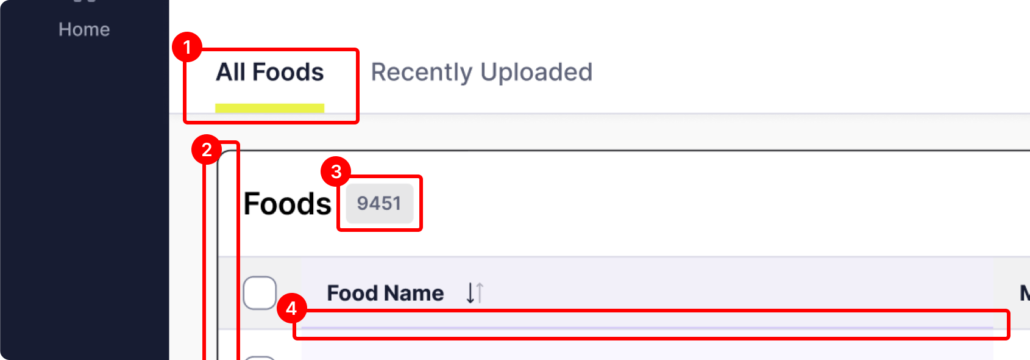

Onboarding is a crucial aspect of the user experience, which can make or break a product’s success. An ideal onboarding flow has to strike the right balance between not getting in the way and teeing up an optimal product user experience. If done well, a great onboarding flow also sets the tone for the overall user experience and a positive brand perception.
In 2024, we’ve seen some exceptional onboarding flows that stand out for their creativity, efficiency, and user-centric design. Here are the best five onboarding flows we’ve seen so far this year.
Slack, the widely used collaboration platform, has refined its onboarding process to ensure new users can quickly and effectively start communicating and collaborating.
Key features:
Why it stands out: Slack’s onboarding flow is designed to get users up and running quickly while providing them with the flexibility to customize their experience. The interactive tutorial and resource hub ensure that users can find the information they need to make the most of Slack’s features from the start.
The popular graphic design platform has developed an onboarding process that is intuitive and empowers users to start creating designs quickly and effortlessly.
Key features:
Why it stands out: Canva’s onboarding flow is designed to be user-friendly and highly supportive, making it easy for anyone, regardless of their design expertise, to start creating professional-looking designs. The personalized approach and extensive resources available help users feel confident and inspired right from the start.
Duolingo, the renowned language-learning app, has a gamified and engaging onboarding process that helps users start their language journey with enthusiasm and ease.
Key features:
Why it stands out: Duolingo’s onboarding flow is both fun and effective, leveraging gamification to keep users engaged while providing a personalized learning experience. The combination of an initial placement test, interactive lessons, and motivational elements ensures users are set up for success from the very beginning.
Grammarly, the popular writing assistant tool, offers a seamless and informative onboarding process that helps users enhance their writing skills right from the start.
Key features:
Why it stands out: Grammarly’s onboarding flow is designed to be both educational and user-friendly. The personalization quiz and guided tour ensure users quickly understand how to leverage the tool’s powerful features, while the interactive demo provides hands-on experience. This comprehensive approach helps users improve their writing skills efficiently and effectively from day one.
Headway, the book summary app designed to facilitate personal growth and learning, offers an intuitive and motivating onboarding process that helps users quickly dive into their self-improvement journey.
Key features:
Why it stands out: Headway’s onboarding flow is designed to be both user-centric and motivational, focusing on personal growth and goal achievement. By offering personalized book recommendations and an easy-to-follow tutorial of the app’s features, Headway ensures users are well-equipped to embark on their reading and self-improvement journey from the very beginning.
These five onboarding flows set a high standard for user experience design in 2024. By prioritizing usability, interactivity, personalization, and user education, these apps have created onboarding experiences that not only introduce new users to their features but also engage and delight them from the very start. As the year progresses, it will be exciting to see how other apps innovate their onboarding processes to meet and exceed these benchmarks.
| Cookie | Duration | Description |
|---|---|---|
| cookielawinfo-checkbox-analytics | 11 months | This cookie is set by GDPR Cookie Consent plugin. The cookie is used to store the user consent for the cookies in the category "Analytics". |
| cookielawinfo-checkbox-functional | 11 months | The cookie is set by GDPR cookie consent to record the user consent for the cookies in the category "Functional". |
| cookielawinfo-checkbox-necessary | 11 months | This cookie is set by GDPR Cookie Consent plugin. The cookies is used to store the user consent for the cookies in the category "Necessary". |
| cookielawinfo-checkbox-others | 11 months | This cookie is set by GDPR Cookie Consent plugin. The cookie is used to store the user consent for the cookies in the category "Other. |
| cookielawinfo-checkbox-performance | 11 months | This cookie is set by GDPR Cookie Consent plugin. The cookie is used to store the user consent for the cookies in the category "Performance". |
| viewed_cookie_policy | 11 months | The cookie is set by the GDPR Cookie Consent plugin and is used to store whether or not user has consented to the use of cookies. It does not store any personal data. |